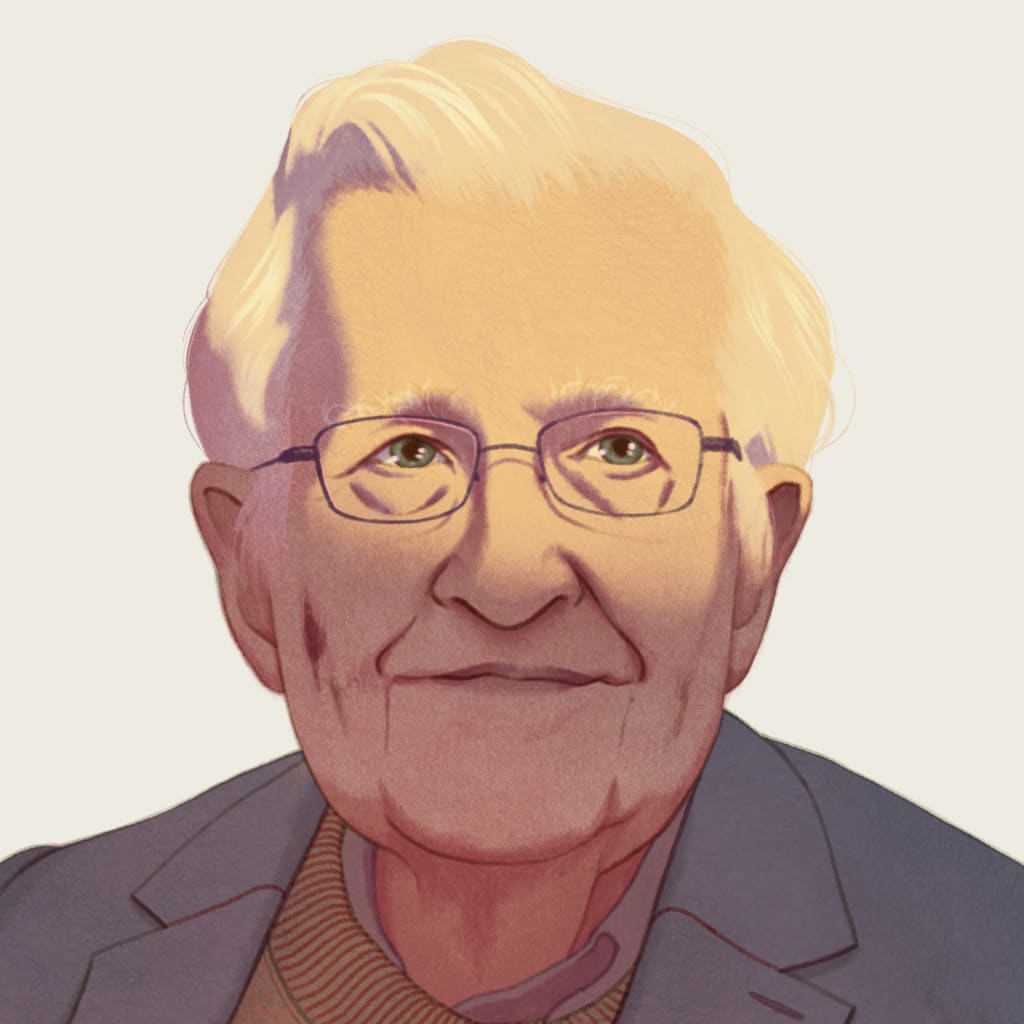
What is Language? Communication between people and occasionally between humans and animals is facilitated through language. Another feature...
What is Language?
Communication between people and occasionally between humans and animals is facilitated through language. Another feature of language is that it gives locals a sense of identity and serves as a vehicle for passing down culture from one generation to the next.
Because of this most priceless human accomplishment, Homo sapiens can communicate and express feelings, thoughts, and abstract concepts. Language is also a living thing because it is created, changes over time, and eventually perishes.
A language is a set of sentences with finite rules and a limitless generation of sentences, according to Noam Chomsky, a well-known thinker of the modern era.
Characteristics of Human Language
The main tool used in human communication is language. As a result, we can beautifully explore the world, maturely express our needs and emotions, and most importantly, everyone can stand up for our own beliefs in front of others.
We can also communicate with one another in daily life through specialized uses of shorthand, gesture, posture, smiles, and dance. It so falls within the category of Language's characteristics.
Because our culture can be found everywhere and, in any era, or period, it is also a means of transmission.
Human language is also arbitrary because there is no clear proof of how words are used to describe certain objects. Language is supposed to be a part of life in addition to this contentious process since it demonstrates the connections between words and their meanings in the real world. For instance: Why do we call male to male when we don't have a proper response? Chair to chair, too? But it turns out that what we say and what we think have an abstract relationship.
Since we learn to speak before we learn to write, human language essentially has a vocal component, which is one of its influential properties. People converse more and more verbally thanks to this possibility than they do in written form.
Since language is made up of various components, a small number of meaningless constituents can be combined to create meaningful ms. These nonsensical forms are made up of phonological symbols that go through morphological and syntactical observations to produce well-formed sentences with both meaning and consideration.
The fact that language is a learned habit is its most important characteristic. As no one can speak a certain language from birth, it can be learned through the environment, hence society aids in the selection of a language for people.
What makes the human language unique as compared to other languages?
The advantages of human language over other languages are numerous.
Human language is incredibly flexible, but there are restrictions on how many words and signs can be used in other languages. Because other languages lack the flexibility of human language and are imperfect from a grammatical standpoint. Accordingly, human language is a complex one, whereas other languages are not.
The vocal system serves as the foundation for human language, whereas the vocal system is absent from other languages like sign language and shorthand. In contrast to other languages that only allow for one type of communication, human language allows for both verbal and nonverbal communication.
READ MORE...






Comments (1)
Great work! Fantastic job!